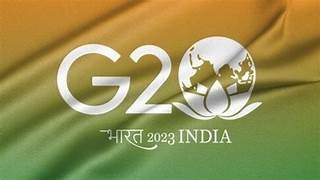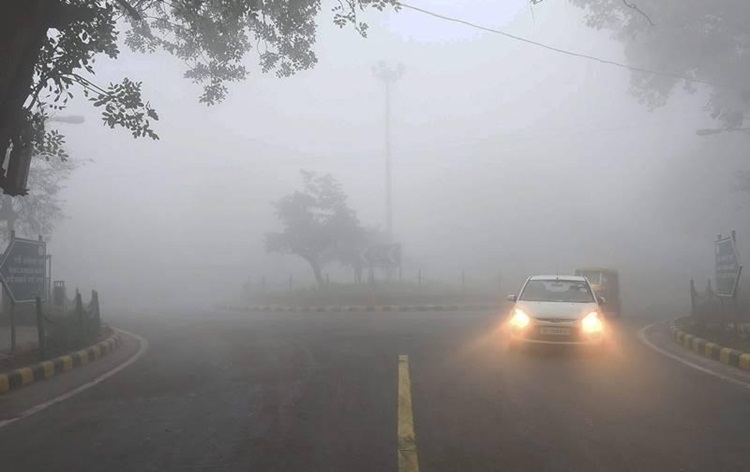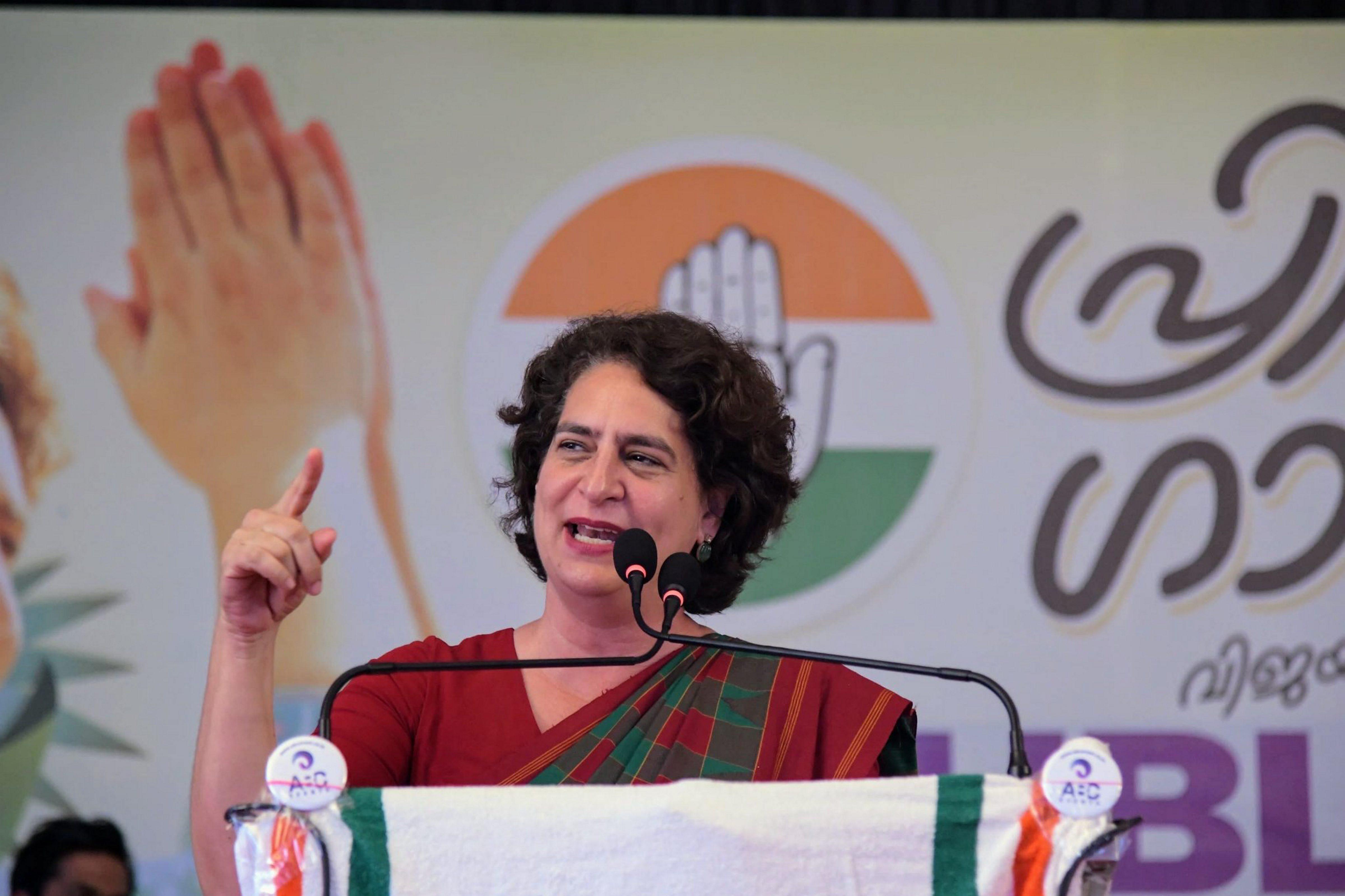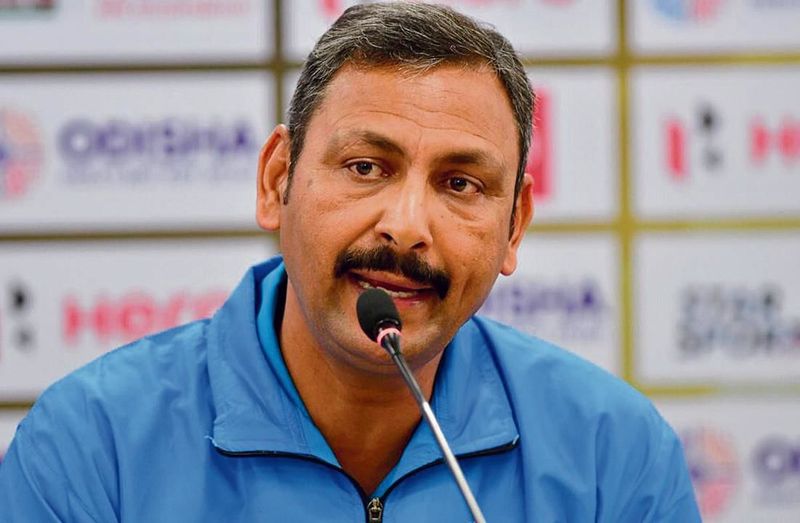India First G20 Nation to Fulfill Paris Agreement Climate Targets
- bypari rathore
- 02 August, 2025
🌿 India Becomes First G20 Nation to Achieve Paris Agreement Targets
📰 Full Article Summary:
Prime Minister Narendra Modi declared at the India Energy Week 2025 that India has successfully met its commitments under the Paris Climate Agreement, making it the first G20 nation to do so.
This accomplishment is largely attributed to:
A massive shift to renewable energy, especially solar and wind power.
Large-scale initiatives like the National Solar Mission and the Green Hydrogen Mission.
Significant reductions in carbon emissions per unit of GDP.
Promoting energy efficiency and adopting clean mobility solutions.
As per India’s Nationally Determined Contributions (NDCs), the country aimed to reduce its emissions intensity by 33–35% by 2030 (from 2005 levels). Thanks to proactive policies and international cooperation, India achieved this goal five years early.
This milestone enhances India's global image as a leader in sustainable development, even while balancing economic growth and environmental protection.🇮🇳 India’s Historic Climate Milestone – Explained

🟢 What is the Paris Agreement?
The Paris Agreement, signed in 2015 by 196 countries, is a legally binding international treaty aimed at limiting global warming to well below 2°C, ideally 1.5°C, compared to pre-industrial levels. Each country submitted its Nationally Determined Contributions (NDCs) — climate action plans — to reduce emissions and transition to a low-carbon economy.
🌍 India’s Original Climate Goals (2015 NDCs):
India pledged to:
✅ Reduce the emissions intensity of GDP by 33–35% by 2030 (compared to 2005).
✅ Achieve 40% of cumulative electric power from non-fossil fuel sources.
✅ Create additional carbon sinks through forest and tree cover (2.5 to 3 billion tonnes of CO₂ equivalent).
🔋 How Did India Achieve These Targets Early?
India’s climate progress is a combination of policy, technology, investment, and grassroots initiatives:
1. Renewable Energy Boom
Installed renewable energy capacity crossed 175 GW by 2025.
India became the 3rd-largest producer of solar energy globally.
Massive investments in wind, solar, and green hydrogen technology.
2. Energy Efficiency Initiatives
Nationwide programs like Ujala (LED distribution) and PAT (Perform, Achieve, and Trade) reduced energy consumption.
The EESL (Energy Efficiency Services Ltd.) saved millions of tonnes of carbon emissions.
3. Clean Mobility Push
Electric vehicle incentives (FAME schemes), metro rail expansions, and e-buses in urban centers.
Ethanol blending in petrol reached 12%, on track for 20% by 2026.
4. Green Hydrogen Mission
Announced in 2023, aiming for 5 million tonnes of production per year by 2030.
Supported by global partners like the EU and Japan.
5. Global Climate Diplomacy
India became a co-leader of the International Solar Alliance (ISA), promoting solar adoption across developing nations.
It also hosted COP33 (in 2024), setting a precedent in global climate talks.
📊 Impact on Global Climate Leadership
India’s success adds pressure on other major economies like the US, China, and the EU to scale up climate actions.
As a developing economy, India's achievement debunks the myth that climate goals are only realistic for wealthy nations.
India is now positioning itself as a climate innovator and renewable energy exporter.
🔮 What's Next?
India plans to submit updated NDCs for 2035, focusing on net-zero targets (currently set for 2070).
Investments are ramping up in:
Battery storage
Carbon capture
Sustainable agriculture
Government aims to integrate climate education and resilience into urban planning and disaster response systems.
Note: Content and images are for informational use only. For any concerns, contact us at info@rajasthaninews.com.
"इको-फ्रेंडली इनोवेश...
Related Post
Hot Categories
Recent News
Daily Newsletter
Get all the top stories from Blogs to keep track.











